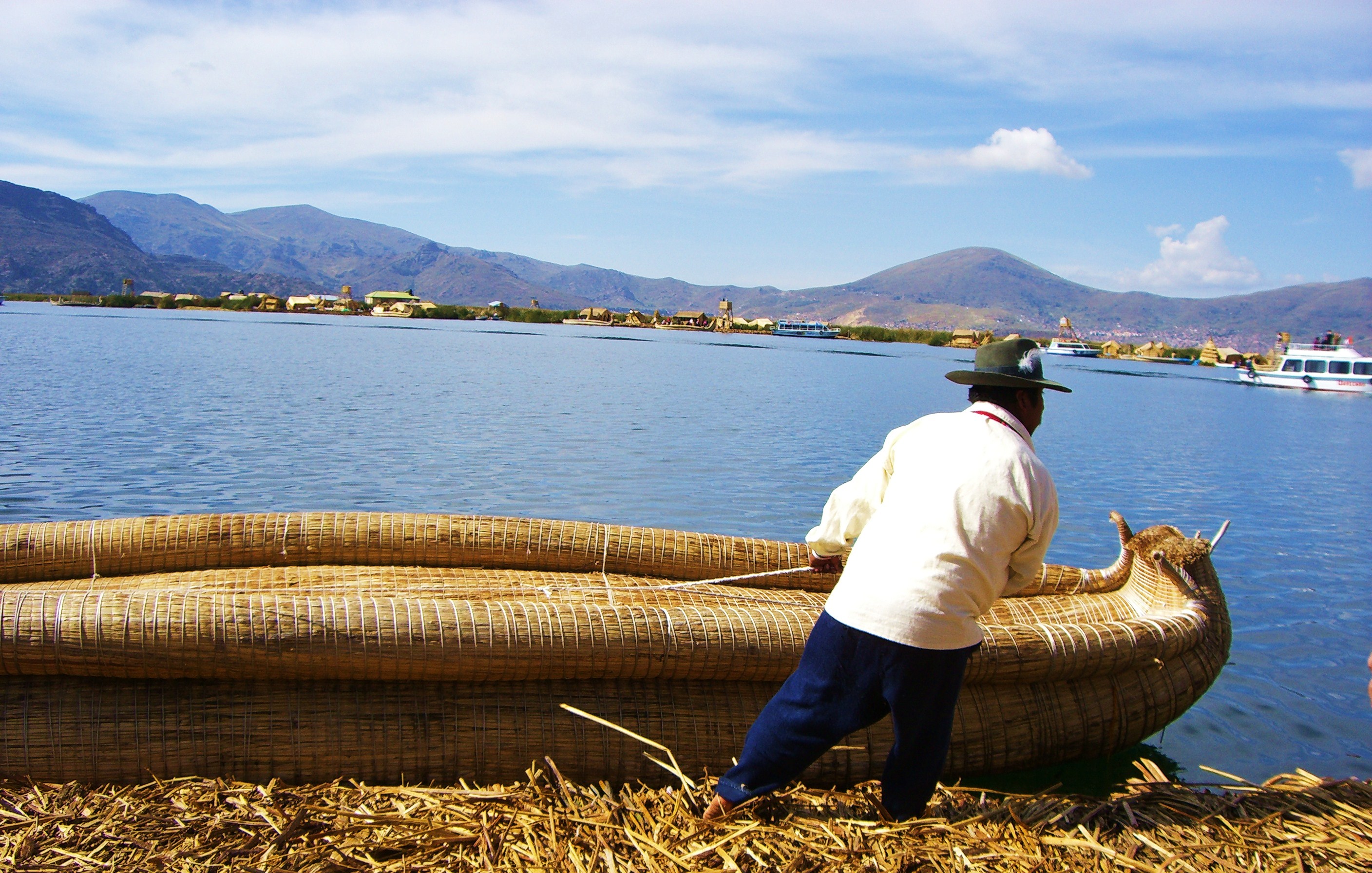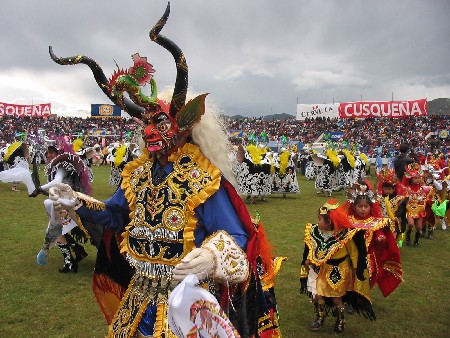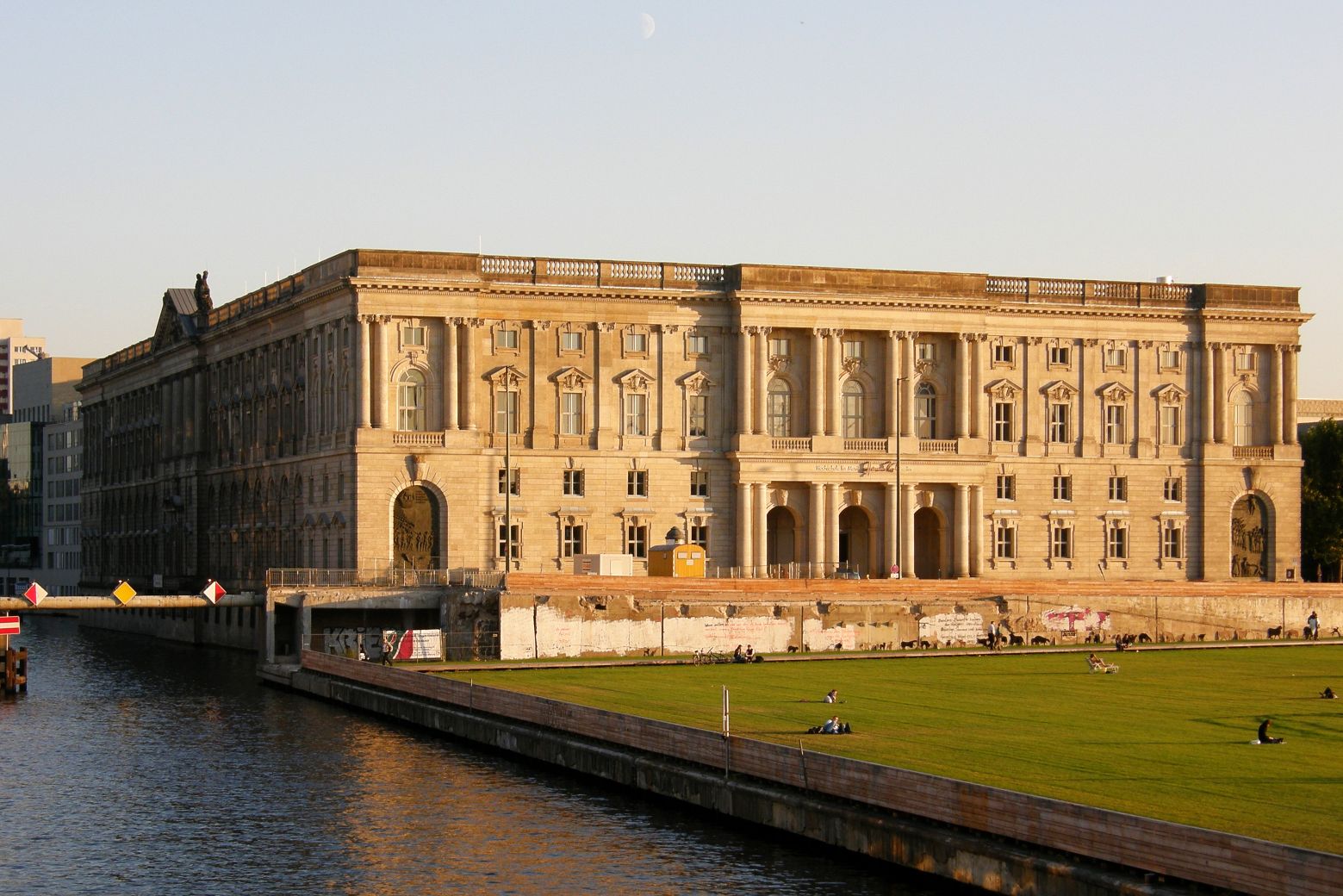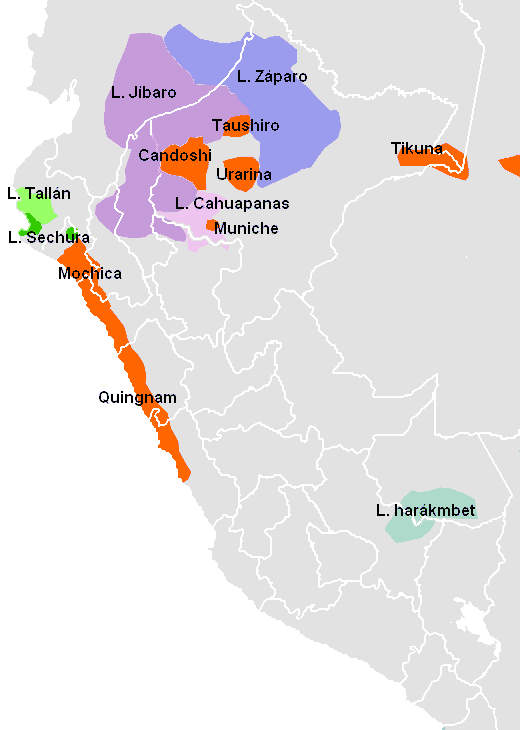|
Uru Of Ch'imu
Uru of Ch'imu is an extinct language of the Uros, an Amerindian people. Speakers lived on reed islands in Puno Bay in western Lake Titicaca in Peru. Ch'imu Uru was discovered in 1929 by Lehmann, whose notes are in the Library of the Ibero-American Institute in Berlin. Torero (1992) claims that Uru of Ch'imu is the most divergent of the three Uru–Chipaya languages The Uru–Chipaya family is an indigenous language family of Bolivia. The speakers were originally fishermen on the shores of Lake Titicaca, Lake Poopó, and the Desaguadero River (Bolivia and Peru), Desaguadero River. Chipaya language, Chipaya .... References Languages of Peru Uru–Chipaya languages Languages attested from the 1920s Lake Titicaca {{Na-lang-stub ... [...More Info...] [...Related Items...] OR: [Wikipedia] [Google] [Baidu] |
Lake Titicaca
Lake Titicaca (; es, Lago Titicaca ; qu, Titiqaqa Qucha) is a large freshwater lake in the Andes mountains on the border of Bolivia and Peru. It is often called the highest navigable lake in the world. By volume of water and by surface area, it is also the largest lake in South America.Grove, M. J., P. A. Baker, S. L. Cross, C. A. Rigsby and G. O. Seltzer 2003 Application of Strontium Isotopes to Understanding the Hydrology and Paleohydrology of the Altiplano, Bolivia-Peru. ''Palaeogeography, Palaeoclimatology, Palaeoecology'' 194:281-297. Lake Titicaca has a surface elevation of . The "highest lake" claim is generally considered to refer to commercial craft. Numerous smaller bodies of water (that are not considered lakes) around the world are at higher elevations. For many years, the largest vessel afloat on the lake was the 2,200-ton (2,425 U.S. tons), SS ''Ollanta''. Today, the largest vessel is most likely the similarly sized train barge/float ''Manco Capac'', operated ... [...More Info...] [...Related Items...] OR: [Wikipedia] [Google] [Baidu] |
Puno
Puno (Aymara and qu, Punu) is a city in southeastern Peru, located on the shore of Lake Titicaca. It is the capital city of the Puno Region and the Puno Province with a population of approximately 140,839 (2015 estimate). The city was established in 1668 by viceroy Pedro Antonio Fernández de Castro as capital of the province of Paucarcolla with the name San Juan Bautista de Puno. The name was later changed to San Carlos de Puno, in honor of king Charles II of Spain. Puno has several churches dating back from the colonial period; they were built to service the Spanish population and evangelize the natives. Overview Puno is an important agricultural and livestock region; important livestock are llamas and alpacas, which graze on its immense plateaus and plains. Much of the city economy relies on the black market, fueled by cheap goods smuggled in from Bolivia. Puno is served by the Inca Manco Capac International Airport in nearby Juliaca. Puno is situated between the shores ... [...More Info...] [...Related Items...] OR: [Wikipedia] [Google] [Baidu] |
Uru People
The Uru or Uros ( ure, Qhas Qut suñi) are an indigenous people of Bolivia. They live on an approximate and still growing 120 self-fashioned floating islands in Lake Titicaca near Puno. They form three main groups: the Uru-Chipaya, Uru-Murato, and Uru-Iruito. The Uru-Iruito still inhabit the Bolivian side of Lake Titicaca and the Desaguadero River. History According to legend, the Uru descend from a people that spoke the Puquina language. However, while most of the Uru have shifted to Aymara and Spanish, as few as two people still spoke in 2004 the nearly extinct Uru language which is actually closely related to the Chipaya language. The Uru considered themselves the owners of the lake and water. According to the legend, Uru used to say that they had black blood, because they did not feel the cold. They historically called themselves ''Lupihaques'', "sons of the Sun". Although the Uru language is nearly extinct, the Uru continue to maintain their identity and some old custom ... [...More Info...] [...Related Items...] OR: [Wikipedia] [Google] [Baidu] |
Uru–Chipaya Languages
The Uru–Chipaya family is an indigenous language family of Bolivia. The speakers were originally fishermen on the shores of Lake Titicaca, Lake Poopó, and the Desaguadero River (Bolivia and Peru), Desaguadero River. Chipaya language, Chipaya has over a thousand speakers and sees vigorous use in the native community, but all other Uru people, Uru languages or dialects are extinct. Loukotka (1968) also lists the Chango people, Chango language, once spoken on the coast of Chile from Huasco to Cobija in Antofagasta Province. The population has since been Araucanized. Proposed external relationships Stark (1972) proposed a Maya–Yunga–Chipayan languages, Maya–Yunga–Chipayan macrofamily linking Mayan languages, Mayan with Uru–Chipaya and Mochica language, Yunga (Mochica). Language contact Jolkesky (2016) notes that there are lexical similarities with the Kunza language, Kunza, Pukina language, Pukina, Pano languages, Pano, Jaqi languages, Jaqi, Kechua languages, Kechua, ... [...More Info...] [...Related Items...] OR: [Wikipedia] [Google] [Baidu] |
Uros
The Uru or Uros ( ure, Qhas Qut suñi) are an indigenous people of Bolivia. They live on an approximate and still growing 120 self-fashioned floating islands in Lake Titicaca near Puno. They form three main groups: the Uru-Chipaya, Uru-Murato, and Uru-Iruito. The Uru-Iruito still inhabit the Bolivian side of Lake Titicaca and the Desaguadero River. History According to legend, the Uru descend from a people that spoke the Puquina language. However, while most of the Uru have shifted to Aymara and Spanish, as few as two people still spoke in 2004 the nearly extinct Uru language which is actually closely related to the Chipaya language. The Uru considered themselves the owners of the lake and water. According to the legend, Uru used to say that they had black blood, because they did not feel the cold. They historically called themselves ''Lupihaques'', "sons of the Sun". Although the Uru language is nearly extinct, the Uru continue to maintain their identity and some old custom ... [...More Info...] [...Related Items...] OR: [Wikipedia] [Google] [Baidu] |
Amerindian
The Indigenous peoples of the Americas are the inhabitants of the Americas before the arrival of the European settlers in the 15th century, and the ethnic groups who now identify themselves with those peoples. Many Indigenous peoples of the Americas were traditionally hunter-gatherers and many, especially in the Amazon basin, still are, but many groups practiced aquaculture and agriculture. While some societies depended heavily on agriculture, others practiced a mix of farming, hunting, and gathering. In some regions, the Indigenous peoples created monumental architecture, large-scale organized cities, city-states, chiefdoms, states, kingdoms, republics, confederacies, and empires. Some had varying degrees of knowledge of engineering, architecture, mathematics, astronomy, writing, physics, medicine, planting and irrigation, geology, mining, metallurgy, sculpture, and gold smithing. Many parts of the Americas are still populated by Indigenous peoples; some countries have s ... [...More Info...] [...Related Items...] OR: [Wikipedia] [Google] [Baidu] |
Puno Bay
Puno (Aymara and qu, Punu) is a city in southeastern Peru, located on the shore of Lake Titicaca. It is the capital city of the Puno Region and the Puno Province with a population of approximately 140,839 (2015 estimate). The city was established in 1668 by viceroy Pedro Antonio Fernández de Castro as capital of the province of Paucarcolla with the name San Juan Bautista de Puno. The name was later changed to San Carlos de Puno, in honor of king Charles II of Spain. Puno has several churches dating back from the colonial period; they were built to service the Spanish population and evangelize the natives. Overview Puno is an important agricultural and livestock region; important livestock are llamas and alpacas, which graze on its immense plateaus and plains. Much of the city economy relies on the black market, fueled by cheap goods smuggled in from Bolivia. Puno is served by the Inca Manco Capac International Airport in nearby Juliaca. Puno is situated between the shores ... [...More Info...] [...Related Items...] OR: [Wikipedia] [Google] [Baidu] |
Ibero-American Institute
The Ibero-American Institute or IAI (german: Ibero-Amerikanisches Institut, es, Instituto Ibero-Americano Patrimonio Cultural Prusiano) is an interdisciplinary institution located in Berlin, Germany, for academic and cultural exchange between Germany and Latin America, Spain, Portugal and the Caribbean. It is the largest non-university research center for Latin American Studies outside of Latin America. It also features the largest specialized library in Europe on Latin America, Spain, Portugal and the Caribbean. In addition to a large rare book collection, the IAI collects and preserves magazines, electronic documents, maps, audio media, photographs, videos, DVDs, papers and diverse additional materials. The IAI is a member of the research association CEISAL ( es, Consejo Europeo de Investigaciones Sociales de América Latina) and the documentation network association REDIAL. Founded in 1930, since 1962 the IAI has been an agency of the Prussian Cultural Heritage Foundation. It is ... [...More Info...] [...Related Items...] OR: [Wikipedia] [Google] [Baidu] |
Languages Of Peru
Peru has many languages in use. One of its official languages, Peruvian Spanish, Spanish, has been in the country since it began being taught in the time of José Pardo y Barreda, José Pardo instead of the country's Native languages, especially the languages in the Andes. In the beginning of the 21st century, it was estimated that in this multilingual country, about 50 very different and popular languages are spoken: which reduces to 44 languages if dialects are considered variants of the same language. The majority of these languages are indigenous peoples, Indigenous, but the most common language is Spanish, the main language that about 94.4% of the population speaks. Spanish is followed by the country's Indigenous languages, especially all types of Quechuan languages, Quechua (11.1% combined) and Aymara languages, Aymara (1.4%), who also have co-official status according to Article 48 of the Constitution of Peru, as well as the languages of the Amazon Basin, Amazon and the Pe ... [...More Info...] [...Related Items...] OR: [Wikipedia] [Google] [Baidu] |
Languages Attested From The 1920s
Language is a structured system of communication. The structure of a language is its grammar and the free components are its vocabulary. Languages are the primary means by which humans communicate, and may be conveyed through a variety of methods, including spoken, sign, and written language. Many languages, including the most widely-spoken ones, have writing systems that enable sounds or signs to be recorded for later reactivation. Human language is highly variable between cultures and across time. Human languages have the properties of productivity and displacement, and rely on social convention and learning. Estimates of the number of human languages in the world vary between and . Precise estimates depend on an arbitrary distinction (dichotomy) established between languages and dialects. Natural languages are spoken, signed, or both; however, any language can be encoded into secondary media using auditory, visual, or tactile stimuli – for example, writing, whistl ... [...More Info...] [...Related Items...] OR: [Wikipedia] [Google] [Baidu] |




_2007.jpg)



